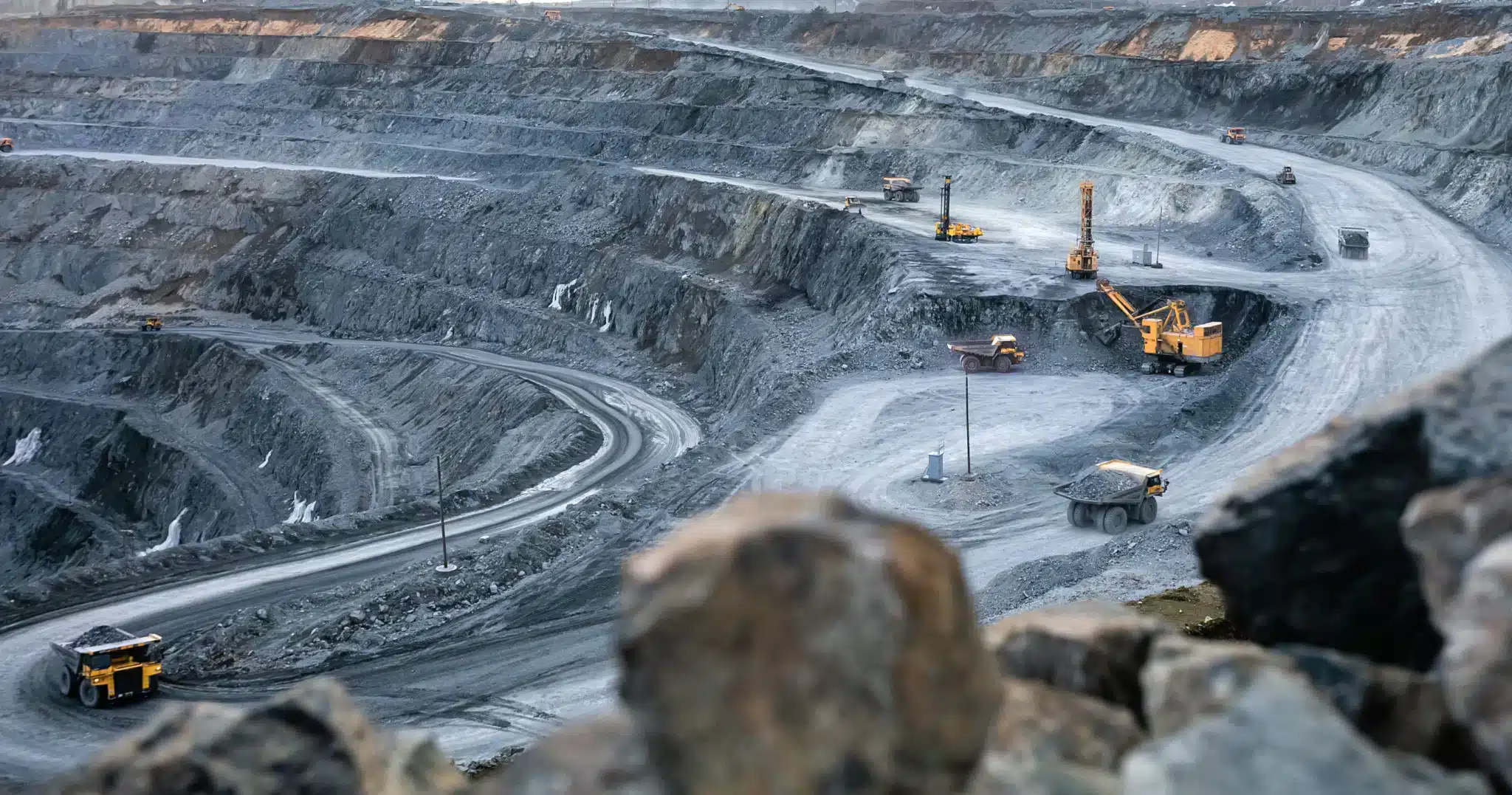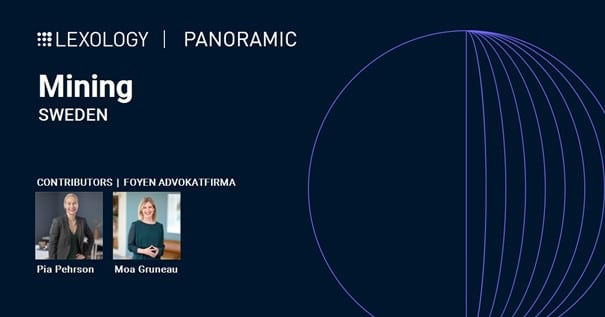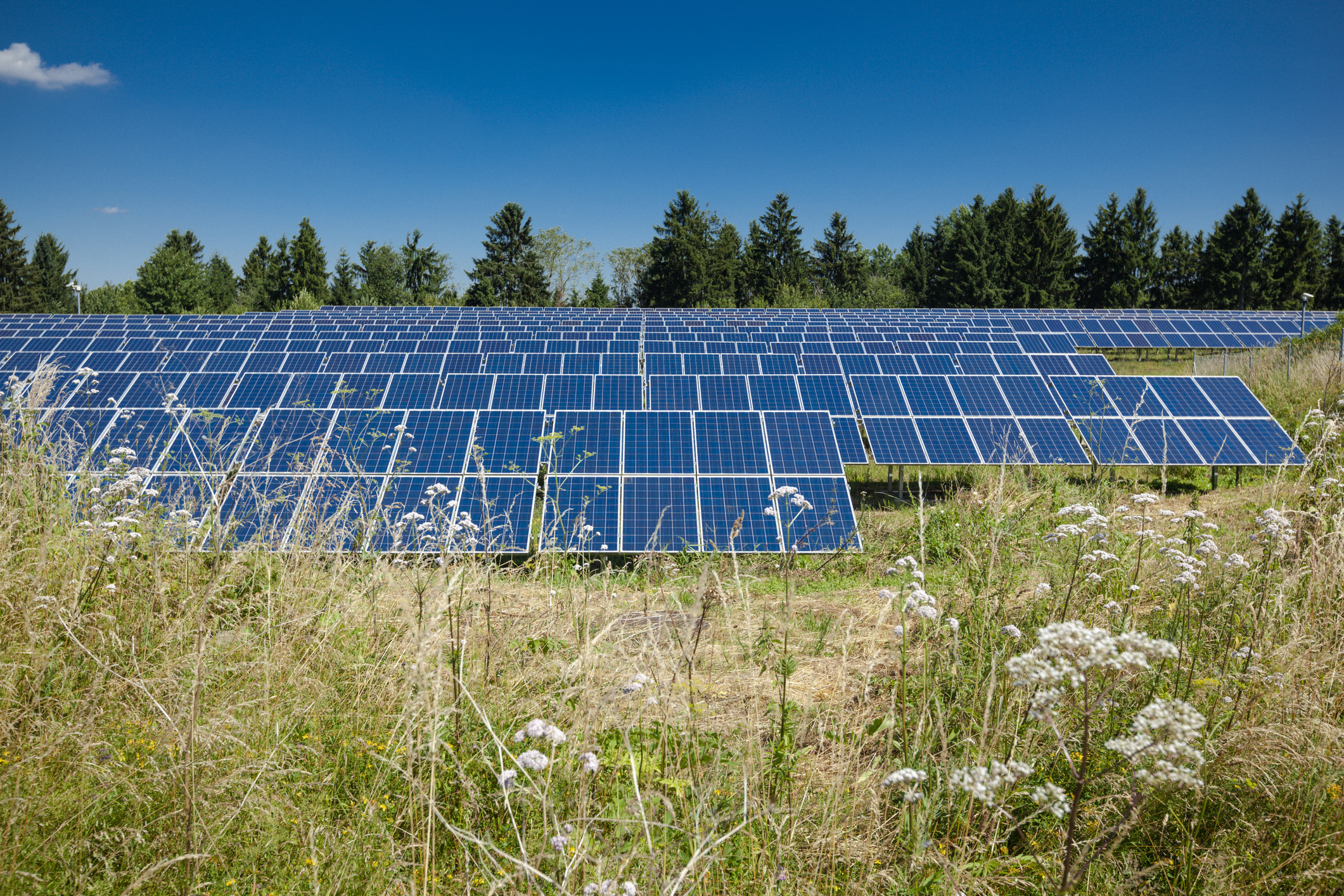Ownership of commingled minerals
Under the Norwegian Minerals Act, ownership of minerals in the ground is split between the landowner and the State, with differing rules applying to different mineral types. The case in question concerned deposits of the rock type “eclogite”, a mixture of the minerals “garnet” and “rutile”, located at Engebøfjellet Mountain in the Norwegian municipality of Sunnfjord.
The general rule is that garnet belongs to the landowner, who therefore has the right to extract and sell the mineral. Rutile, on the other hand, belongs to the State under section 7 of the Minerals Act. The question before the Supreme Court was whether the extracting company Engebø Rutile and Garnet AS was entitled to utilise all the material it was extracting, despite this including minerals belonging to the landowner. The majority of the judges took the view that the answer depended on whether garnet mixed with rutile constituted state-owned minerals, and more specifically whether such commingled garnet fell within the meaning of the phrase “titanium and arsenic and their ores” as used in section 7, first paragraph, sub-paragraph (b), of the Minerals Act. If the word “ore” meant rock or mineral aggregate, the right to extract state-owned minerals would apply to all the extracted rock, not just the individual minerals.
The Supreme Court thoroughly reviewed the meaning of the word “ore”, including from a historical perspective, going as far back as the Mining Ordinance of 1539. The Supreme Court also referred to the interpretation of the word “ore” adopted by the Minerals Act Legislative Committee in its ongoing work on a new Minerals Act, as reported on in Official Norwegian Report (NOU) 2022:8, which addressed the question explicitly. On page 83 of the report, the Committee wrote, among other things, that persons with extraction rights related to state-owned minerals also have “a right to extract and utilise whatever needs to be extracted in order to extract state-owned minerals. This may involve substantial quantities of the landowner’s minerals, in addition to what is included in the ore”.
Following its comprehensive review, the Supreme Court concluded that “the expression “ores” in section 7, first paragraph, sub-paragraphs (a) and (b), of the Minerals Act includes mineral aggregates containing heavy metals or the defined metals where extraction of the metal deposits is commercially viable. The boundary of the state’s rights must thus be drawn at the level of rock type. Accordingly, ore also includes those parts of a metalliferous rock type which, considered in isolation, must be classified as landowner minerals”; see paragraph 130 of the judgment.
No conflict with protection of property rights under the European Convention on Human Rights (ECHR)
The Supreme Court’s judgment is highly significant with respect to the distinction between state-owned and landowner minerals, and will thus impact the degree to which landowners can utilise their own land and the resources it contains, since any person who is granted a right to extract state-owned minerals will subsume the landowner’s mineral rights. The Supreme Court rejected the suggestion that the decision will conflict with the protection of property rights under the Norwegian Constitution and ECHR P-1-1. It remains to be seen whether the ruling will be appealed to the European Court of Human Rights.
Article by Ellen Usland and Roar Lillebergen from Advokatfirmaet Føyen.



